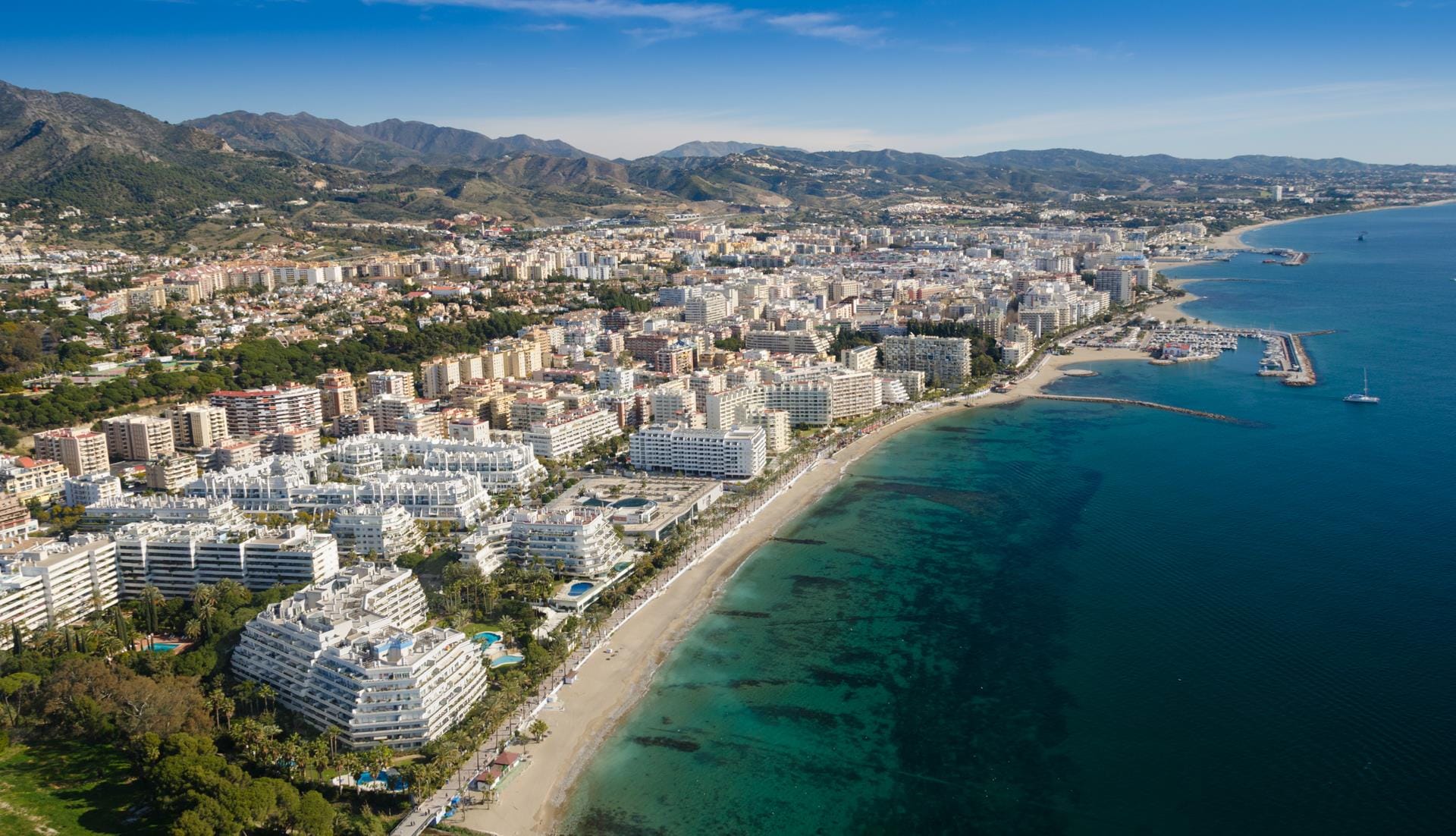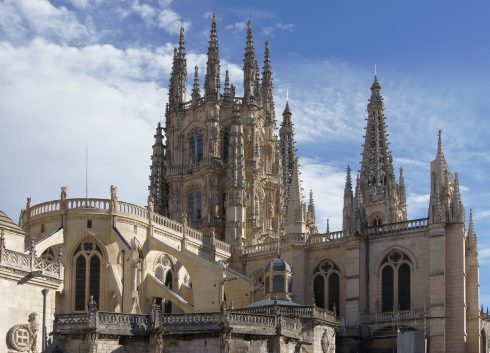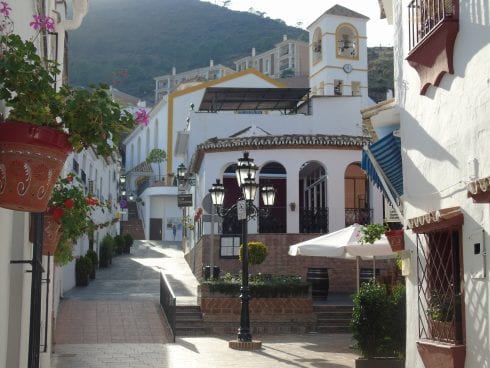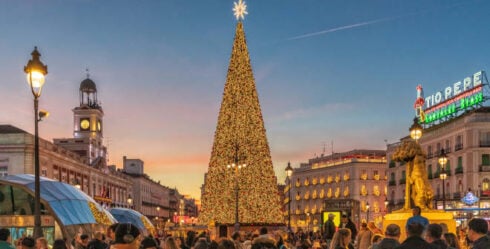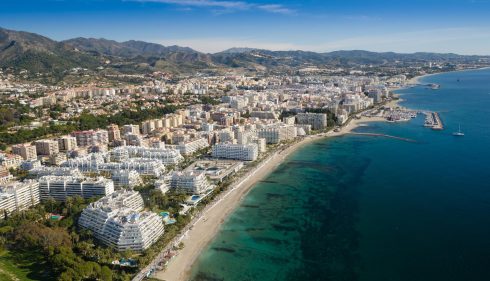
TODAY is Dia de Andalucia—a day when Andalucians celebrate their heritage with families and friends.
Though the eight provinces comprising the autonomous community of Andalucia do not have a distinct language, like in Catalonia or the Basque Country, this region still regions a rich and unique heritage and culture.
Here the Olive Press highlights 15 things you may not know about southern Spain.
Autonomy
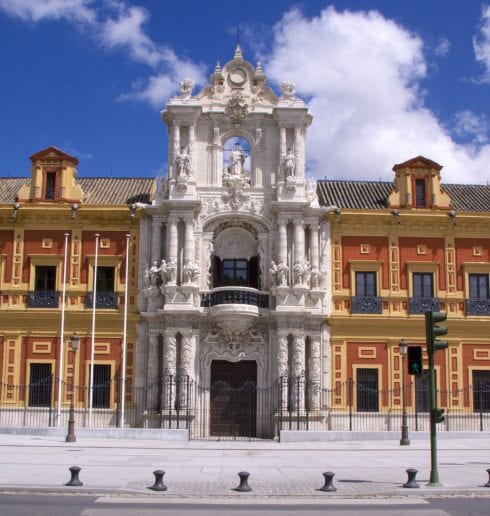
- February 28 marks the day that Andalucians voted for full autonomy of the region.
- The referendum took place in 1980, meaning the autonomous community of Andalucia will turn 39 this year.
- The creation of the autonomous community gave Andalucia its own parliament and self-elected president, and granted the region powers over education, health, environment, police, culture, social security and economic development. Andalucia also established a national anthem, flag and named Sevilla as its capital city.
Symbolism
- Andalucia’s capital city is Sevilla, which is renowned as the birthplace of Flamenco, a key feature of Andalucian culture.
- The green and white of Andalucia’s flag represent hope and peace, respectively.

- The Andalucian coat of arms features Hercules calmy stroking two lions, between the Pillars of Hercules. According to Roman legends, Hercules was on his way to the garden of Hesperides and used his superhuman strength to smash the mountain of Atlas in two, creating the Strait of Gibraltar. The Rock of Gibraltar, on the Iberian peninsula, and Jebel Musa, in Ceuta, have since been known at the Pillars of Hercules.
- According to the Ley 3/1982 on the anthem and shield of Andalucia, Hercules represents the ‘eternal youthful force’ of the human spirit, and the two lions represent pacification of our powerful animal instincts.
Culture
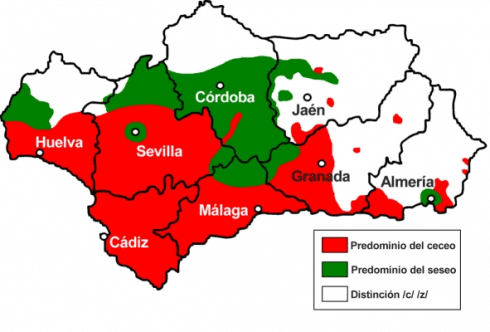
- Andalucian Spanish was influential on South American dialects, where the ‘c’ and ‘z’ are pronounced as an ‘s’, and this accent known as ‘seseo’ is predominant in Sevilla.

- Flamenco was born in Andalucia, heavily influenced by the strong Romani presence in the region—40% of Spain’s almost 1 million gypsies live in Andalucia.
- The traditional Andalucian breakfast consists of a piece of bread, served with olive oil, crushed tomatoes and salt, and washed town with tea, coffee or orange juice.
- The bitter Seville orange is the principal ingredient in British marmalade, and the first British recipe dates back to 1677.
Place names
- The word Andalucia derives from Vandalucia, the ‘land of the Vandals’, referring to the notoriously destructive German tribe that settled here in the 3rd and 4th centuries AD—the current ‘Costa del Crime’ nickname is perhaps not far off!
- In fact, the Costa del Sol used to be called the Costa del Viento (the ‘windy coast’) until the 1950s when the Franco government wanted to market southern Spain as a tourist destination and coined its current title.
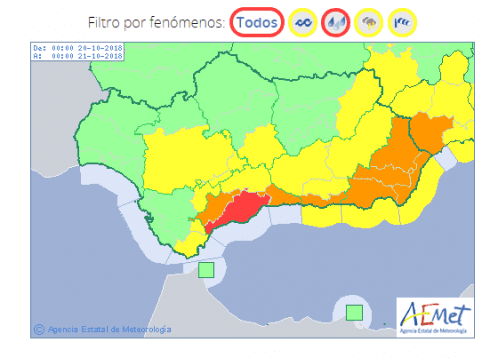
History
- Cadiz is widely regarded as the oldest still standing city in Western Europe. It was founded by the Phoenicians around 3,100 years ago, and its name meant ‘stronghold’ in the Phoenician language.
- The Romans invaded the Iberian peninsula in 206 BC, and Julius Caesar was installed as the governor of south eastern Spain in 62 BC.
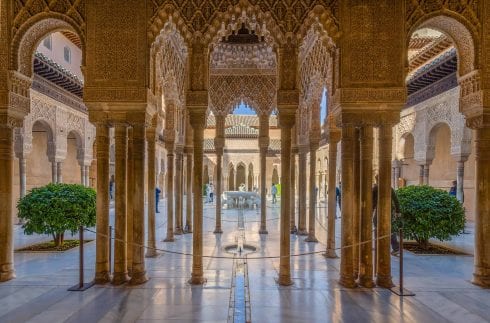
- The Moors conquered southern Spain in 711 AD and controlled a region all the way up to France until the fall of Granada in 1492.
- The father of Andalucian nationalism, Blas Infante, established the current flag and coat of arms at the Assembly of Ronda in 1918. Infante also wrote the lyrics to the official anthem of Andalucia, called The Green and White Flag.
Click here to read more News from The Olive Press.

